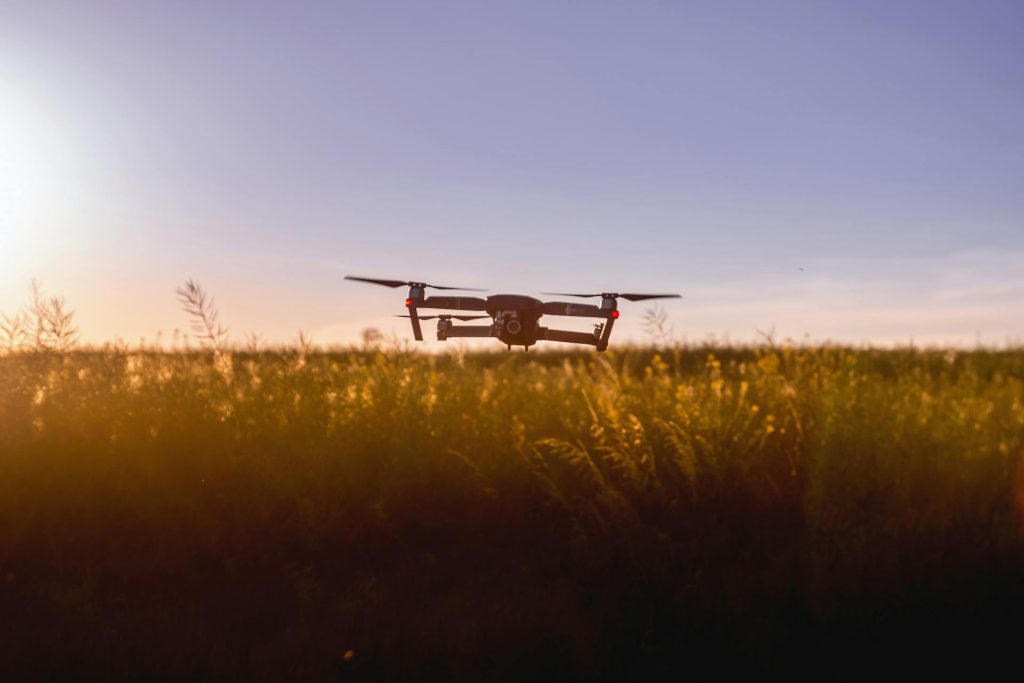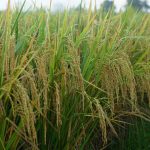Modern technology is revolutionizing cereal farming in India, helping farmers increase yields, reduce costs, and combat climate challenges. From AI-powered tools to advanced irrigation systems, here’s how technology is transforming wheat, rice, maize, and millet production.
1. Precision Farming Technologies
A. Soil Sensors & IoT-Based Monitoring
- Real-time soil moisture, nutrient, and pH tracking.
- Alerts for irrigation, fertilization, and pest risks.
- Example: CropX (adaptive irrigation system).
B. Satellite & Drone Imaging
- NDVI (Normalized Difference Vegetation Index) maps crop health.
- Identifies disease/pest hotspots before visible symptoms.
- Example: NASA Harvest, Pix4Dfields.
C. AI & Machine Learning
- Predicts optimal sowing/harvest times using weather data.
- IBM Watson Decision Platform advises on crop management.
2. Smart Irrigation Systems
| Technology | Water Savings | Best For |
|---|---|---|
| Drip Irrigation | 40-60% | Wheat, Maize |
| Sprinklers | 30-50% | Rice (AWD method) |
| Solar Pumps | 100% off-grid | Dryland millet farms |
Govt. Support: PMKSY (Per Drop More Crop) offers 55-90% subsidies.
3. High-Yield Seed Technologies
A. Hybrid & GM Seeds
- Hybrid rice (e.g., KRH-4): 7-8 tons/ha vs. 4 tons (traditional).
- Bt Maize: Resistant to stem borers (+20% yield).
B. Biofortified Varieties
- Zinc-rich wheat (HD 3298), iron-rich bajra.
- Addresses hidden hunger (micronutrient deficiency).
4. Farm Mechanization
| Machine | Benefit | Cereal Applicability |
|---|---|---|
| Laser Land Leveler | Saves 20% water, uniform yields. | Rice, Wheat |
| Seed Drills | Ensures optimal spacing (+15% yield). | Wheat, Maize |
| Combine Harvesters | Cuts losses from 10% to 2%. | All cereals |
Subsidy: 50-80% under SMAM (Sub-Mission on Agricultural Mechanization).
5. Digital Platforms for Farmers
A. Mobile Apps
- Kisan Suvidha (Govt. of India): Weather, MSP, advisories.
- AgriApp: Connects farmers to experts.
B. Market Linkages
- eNAM: Online mandi for better prices.
- DeHaat: Input delivery + output sales.
6. Biotechnology & Crop Protection
A. CRISPR Gene Editing
- Drought-tolerant rice (CRISPR-Cas9 modified).
- Non-GMO disease-resistant wheat in development.
B. Biological Pest Control
- Trichoderma fungi vs. rice blast.
- Neem oil nanoemulsions for stored grain protection.
7. Government Initiatives Driving Adoption
- Digital Agriculture Mission (2021-2025): AI/ML integration.
- National Agricultural Innovation Fund: Supports agri-tech startups.
- Kisan Drones: Spraying, mapping subsidies.
8. Impact on Cereal Yields
| Technology | Yield Increase | Cost Reduction |
|---|---|---|
| Precision Farming | 15-25% | 20% (fertilizers) |
| Drip Irrigation | 30-50% | 40% (water) |
| Hybrid Seeds | 20-50% | – |
Case Study:
- Andhra Pradesh: IoT + drones → 30% higher rice yields.
- Punjab: Happy Seeder (zero-till wheat) → ₹5,000/acre saved.
9. Challenges & Solutions
High Initial Cost → Leverage govt. subsidies.
Tech Literacy Gap → KVK training programs.
Small Landholdings → Custom Hiring Centers (CHCs).
FAQs
Q: Which tech gives fastest yield boost for wheat?
A: Laser leveling + seed drill (+20% in 1 season).
Q: Are drones useful for millet farmers?
A: Yes! For pest monitoring in hard-to-reach fields.
Q: How to access free Agri-Tech training?
A: Contact nearest KVK (Krishi Vigyan Kendra).






